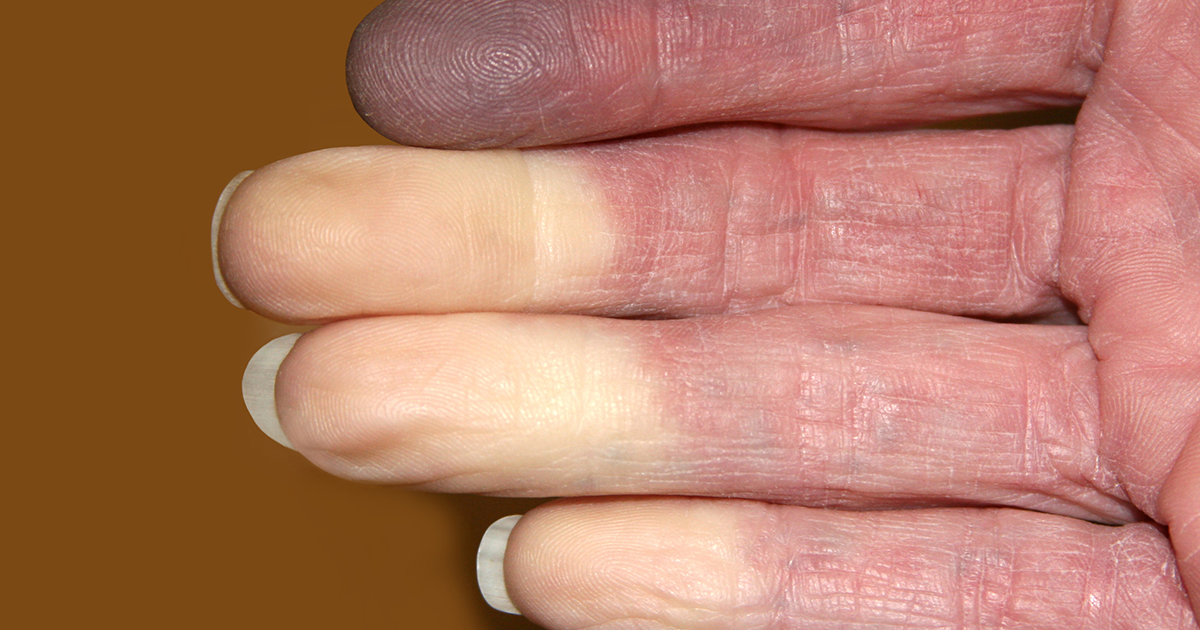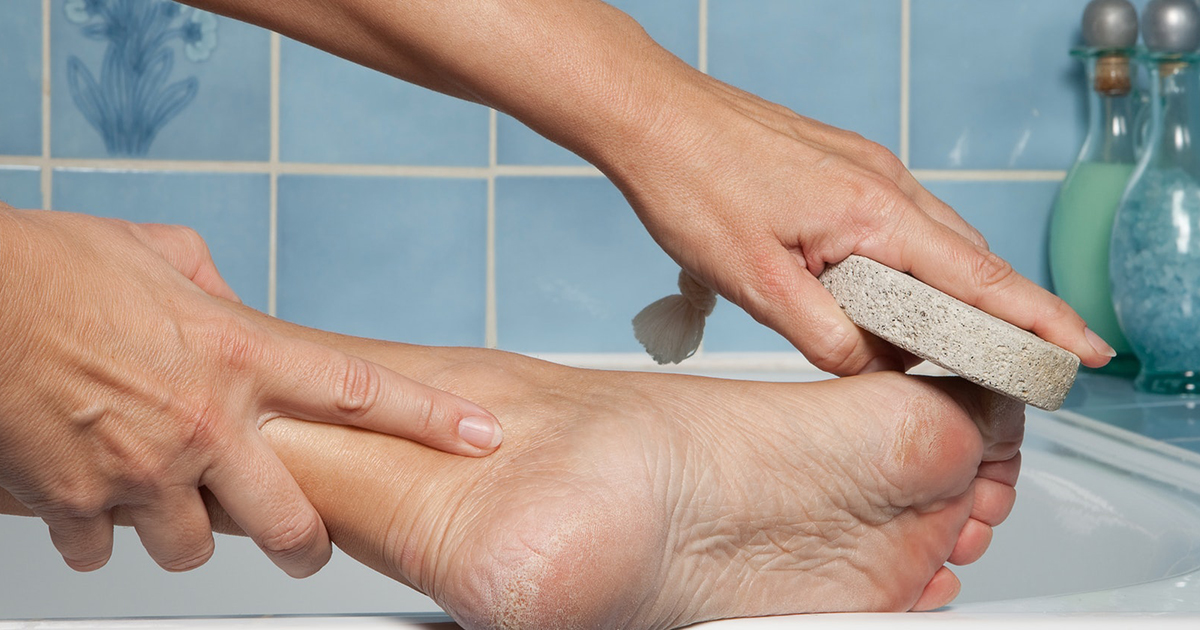Symptoms Of Scleroderma
Scleroderma is a potentially fatal condition that affects the skin, blood vessels, and internal organs. It occurs as a result of the immune system attacking the connective tissue underneath the skin, hardening the skin and tissue surrounding the internal organs, and causing scarring. Thus, doctors believe the cause of scleroderma is an overactive and out of control immune system, but it's unclear what triggers this in the first place, though genetics are thought to play a role. There are several types of scleroderma, each varying degrees of severity. Symptoms can usually be controlled through various treatments, but there is currently no cure for the condition. Still, individuals affected by it can lead full and happy lives, as long as treatment is undergone and symptoms are managed. It is a fairly rare condition that needs to be monitored carefully.
Raynaud's Disease

Raynaud's disease, often referred to as Raynaud's phenomenon, is a common condition that affects the blood circulation. Though it doesn't typically cause any severe problems, it can play a role in the development of scleroderma. Poor circulation can lead to pain, numbness, and changing colors in fingers and toes. Patients may also have a pins and needles sensation and find it difficult to move the affected area on a frequent basis. Raynaud's disease is often the first sign scleroderma may be developing, though having it does not necessarily guarantee scleroderma will progress.
Thickened Skin

Hardened or thickened skin is another tell-tale sign of scleroderma. Because the immune system is attacking the connective tissues and blood vessels beneath, the body triggers increased production of collagen, which is the substance that promotes skin cell growth and renewal. This excess collagen tricks the body into thinking it needs to repair itself, and the skin begins to harden and scar from the inside out. The blood vessels then narrow and blood flow to other organs decreases. The appearance often looks shiny and smooth, and it is most common on the hands, feet, and face.
